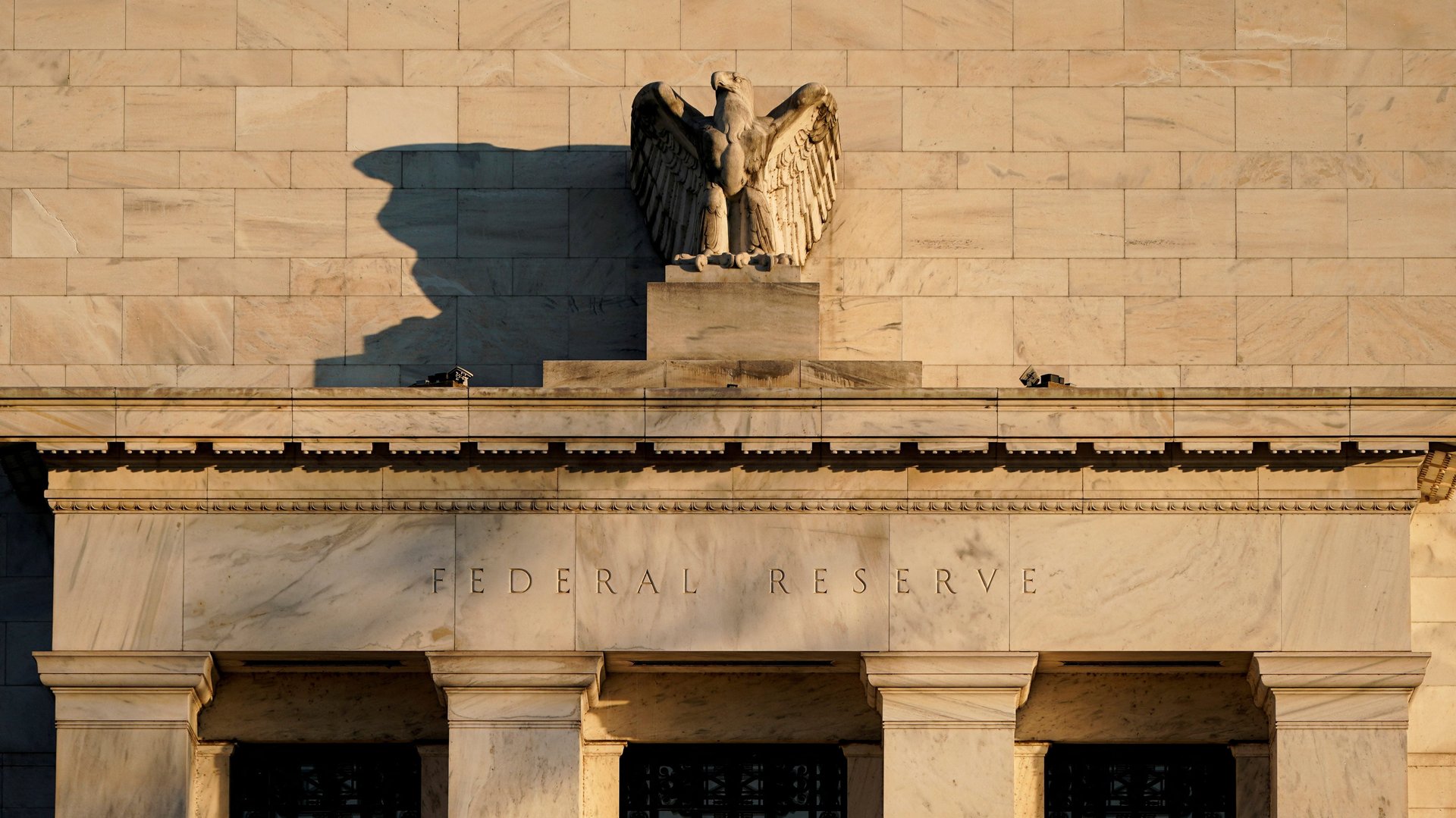The Fed lowered its US economic growth forecast in the face of war and inflation
High prices and economic disruptions from the war in Ukraine are dimming the US Federal Reserve’s outlook on the recovery.


High prices and economic disruptions from the war in Ukraine are dimming the US Federal Reserve’s outlook on the recovery.
On March 16, the Fed raised interest rates by a quarter-percentage point and cut its GDP estimate for 2022. It now sees the economy expanding by 2.8% this year, down from the 4% it had predicted in December, when wages were still rising rapidly and omicron hadn’t peaked yet. The new forecast is part of the central bank’s Summary of Economic Projections, which collects forecasts for the US economy from each member of the Board of Governors and each Federal Reserve Bank president four times a year.
Raising rates to fight inflation
The rate hike, the first since Dec. 2018, is meant to temper the rapid rise of inflation. But economists argue about how much higher interest rate hikes can curb rising prices, since they are mostly the result of supply chain shocks and not an overheating economy. Regardless of how effective it is on inflation, the increase will make borrowing and investing more expensive.
“The plan is to restore price stability while also sustaining a strong labor market,” said Fed chair Jerome Powell. “That is our intention and we believe we can do that, but we have to restore price stability.”
In their forecasts, Fed officials seem to think they are going to need to raise interest rates at least seven times this year to lower prices. Even taking those hikes into account, the officials still see inflation hitting 4.3% for the entire year. That’s well above the Fed’s target of an average 2% inflation on average.
Officials also had some outliers in their polling: One official guessed 12 hikes would be necessary this year while another guessed only five would be necessary.